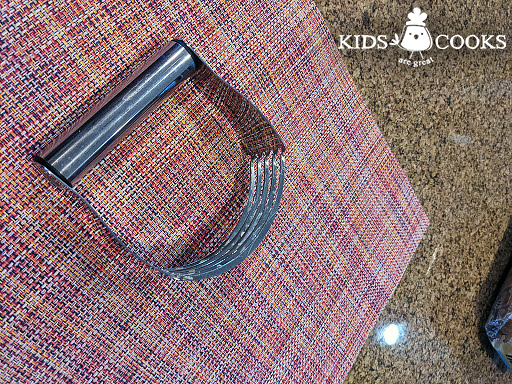Pastry wheels are indispensable tools for bakers, enabling them to create precise and uniform cuts in dough, resulting in beautifully finished pastries. However, if you find yourself without a pastry wheel, fret not! Several effective substitutes can help you achieve similar results, ensuring your baking endeavors remain uninterrupted.
Understanding the Role of Pastry Wheels
Pastry wheels are designed to cut through dough cleanly and efficiently, creating defined edges and preventing ragged or uneven cuts. They are particularly useful for:
- Creating lattice tops for pies
- Cutting decorative borders on pastries
- Dividing dough into equal portions
- Scoring dough to promote even baking
Effective Pastry Wheel Substitutes
1. Fork:
A fork can be a surprisingly effective substitute for a pastry wheel. Its tines create small, evenly spaced cuts that mimic the effect of a pastry wheel. To use a fork, simply press the tines into the dough and drag it along the desired cutting line.
2. Knife:
A sharp knife can also be used to cut dough, although it requires a bit more precision and control. Hold the knife perpendicular to the dough and use a gentle sawing motion to create clean cuts.
3. Pizza Cutter:
A pizza cutter is another viable option for cutting dough. Its sharp, rotating blade can quickly and easily slice through dough, making it ideal for larger cuts or dividing dough into portions.
4. Scissors:
Scissors can be used to cut dough, but they are best suited for intricate or curved cuts. Hold the scissors open and use the tips to carefully cut along the desired line.
5. Your Hands:
In a pinch, you can even use your hands to cut dough. Simply pinch the dough along the desired cutting line and pull it apart. This method is less precise than using a tool, but it can be effective for rustic-style pastries.
Choosing the Right Substitute
The best substitute for a pastry wheel will depend on the specific task and the desired outcome. For intricate cuts or decorative borders, a fork or scissors may be the best choice. For straight cuts or dividing dough, a knife or pizza cutter may be more suitable.
Tips for Using Pastry Wheel Substitutes
- Use a sharp tool: A sharp knife or pizza cutter will produce cleaner cuts and prevent tearing the dough.
- Apply gentle pressure: Avoid pressing too hard when using a fork or your hands, as this can crush the dough.
- Use a light touch: When using a knife or scissors, use a light touch and let the blade do the work.
- Practice makes perfect: The more you practice using pastry wheel substitutes, the more proficient you will become.
While pastry wheels are undoubtedly valuable tools for bakers, they are not essential. With a little creativity and the right substitutes, you can achieve similar results and create beautiful, delicious pastries. So, next time you find yourself without a pastry wheel, don’t despair! Experiment with the substitutes outlined above and discover the joy of baking with what you have on hand.
What is a pastry cutter?
A pastry cutter, sometimes referred to as a pastry blender, is a typical baking tool in the kitchen. On the other end are four dull metal blades and a handle for gripping. Pastry cutters typically have a wooden, metal, or plastic handle and are constructed of metal, such as stainless steel.

What are pastry cutters used for?
To make doughs, pastry cutters are used to cut fats—especially solid butter—into flour and other dry ingredients. The metal blades prevent the butter from completely blending with the flour, leaving it in chunks. Butter melts in the dough during baking, leaving pockets of butter in the pastry. This is the reason why baked foods have a “melt in your mouth” texture. For the ideal flakey pastry, the butter pieces should be roughly the size of peas, according to the experts at Land O’Lakes!
Pastry Wheel Roll And Decorating Plunger Review 2020
FAQ
Do you really need a pastry cutter?
What can I use as a substitute for a pastry wheel?
Why use a pastry wheel?
What can I use if I don’t have a pastry blender?
